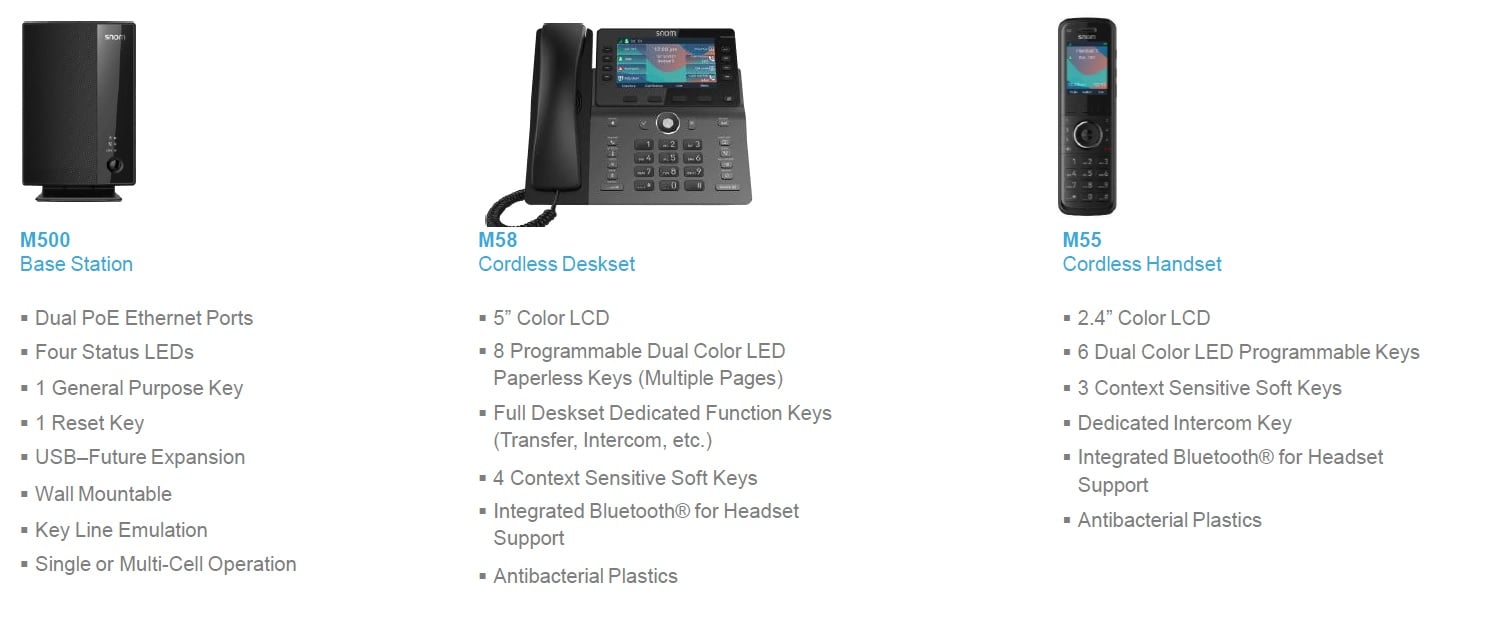We get this question every day honestly. There a numerous reasons why on-premise is not the right way to go any longer where it may have been in the past. Unless you are in an area where there is simply no affordable access to fast and solid internet then cloud the is right answer.
may have been in the past. Unless you are in an area where there is simply no affordable access to fast and solid internet then cloud the is right answer.
Why?
Let’s go through the main reasons:
- Stability: Installing a machine on-site has been done for ages but when that machine goes down you have an issue. How quickly can someone get to you to fix it? Are you backing it up? Are you making sure the backup works? How often do you service and maintain that equipment? Do you just want for it to break before you do anything? These are OLD problems that quite frankly have not very good results in today’s age of instant access and fast resolution. On-premise in today’s IT world mean slow resolution and down time when something breaks unless you invest in costly redundant systems and then make sure you have service agreements in place to monitor that system.
- Survivability and Accessibility: Installing a system at HQ and then having remote sites all tie back to HQ means that if HQ is down everyone everywhere else is also down until HQ is back up and running. Unless HQ has data center level redundancy around equipment, power, internet access, etc then you gamble with the single point of failure that could bring down the whole company regardless of location. That’s a problem.
- Upgradeability: In the old buy a system and then have to pay annually to upgrade that system most choose not to keep current. Then what happens is when there is an issue or there is a reason to upgrade its even more costly than keeping up with maintenance. The cloud model is different whereas the system is setup to keep you current and it’s on the provider’s shoulders to keep things moving forward so that you don’t have to plan, budget, and maintain that.
- Scalability: Let’s say you buy a system and then you grow over time and realize that the system you bought can handle the increased requirements. That may force you into costly unexpected upgrades. In a cloud world this is simple both in an upgrade or downgrade situation.
- Support: We already explained the realities around why an on-premise system makes support harder to deliver. The other factor is that in the cloud support is readily accessible and more often than not the provider is already aware of issues on the cloud side and moving to resolve those before you even try to contact them. This is outside of if your local internet is down and more around the core cloud system you are connecting back to from wherever you are located.
- Quality of Service: We have found that unless you are on a robust enterprise level internet provider at your office that last mile broadband providers don’t’ really like to handle any issues with quality of your calls. If you have your system at HQ and then have all remote sites and users connect back to HQ chances are if there is an issue trying to get that broadband internet provider to help you resolve it is difficult as best. At least in the cloud if there is an issue with one site all sites and remote users are not in the same boat.
Want to learn more?
























